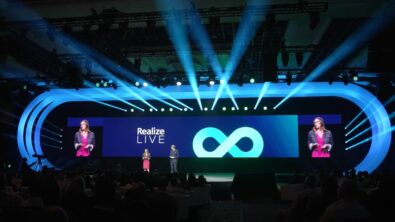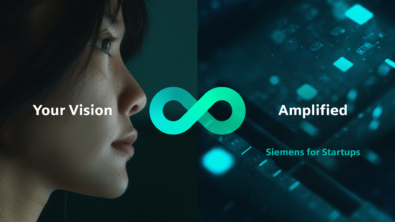Corporate
Meet Student Engineer Dylan Van Dyne
Meet Dylan Van Dyne, a senior in mechanical engineering at the University of Cincinnati. He’s finishing up this senior semester with work on an interesting personal mobility device. When did you k...

Meet Dylan Van Dyne, a senior in mechanical engineering at the University of Cincinnati. He’s finishing up this senior semester with work on an interesting personal mobility device.
When did you know you wanted to be an engineer?
“I don’t think there was ever a distinct moment when I realized that I wanted to be an engineer, it was more like a gradual understanding. When I was growing up I could always be found in the middle of a vast collection of Lego bricks, completely absorbed in trying to fit the most rockets onto a spaceship of my own design. Later on I moved to computers, finding immense satisfaction in researching, saving up for, building and testing my own computer that provided me with actual interaction instead of flying my cobbled-together Lego spaceship in my imagination.Eventually, I even began to set my focus on cars and all the systems that make them work.I guess I finally decided on engineering near the end of my high school career, when I decided to combine my aptitude of math and science with a love of all things mechanical to enroll at the University of Cincinnati in Mechanical Engineering.”
Tell us about the PACE project this year and your role on the University of Cincinnati team.
“This year at PACE we are working on a Personal Assisted Mobility Device (PAMD), which was conceived by a design student here at the University of Cincinnati. The device is a small electric three-wheeled vehicle on which the rider stands and can control merely by leaning in their desired direction without having to hold on to the vehicle.The designer foresees such a vehicle operating in a “megacity” such as Beijing, where pollution is an ever-increasing problem and the public transportation does not bring its riders close enough to their destination. Therefore, the vehicle will be used for the first mile, travelling from the user’s home to the public transportation, and for the last mile, transporting the user from their public transportation stop to their place of work.It is our hope to design this device to be light and small enough to fold up like a rolling suitcase to store discreetly.This year I am in charge of coordinating the design of the frame and chassis of the PAMD device with the other schools who are working on different subsystems. It is a job that requires a lot of inter-team communication and NX modeling.See a sketch of our PAMD device below dubbed the ‘Go Sozo’.”

How do you interact with other schools around the world on your PACE team?
“So far our interaction with the other teams in our PACE project group has been done through numerous teleconferences and emails.While it does require considerable effort to arrange and execute a teleconference for multiple time zones and languages, they allow us to work much faster than simply emailing back and forth.As the project progresses we will start to utilize UC’s Teamcenter server more to quickly exchange information between all of the participating schools.”
How will you use NX and Teamcenter on this project?
“NX will be used for all of the modeling for this project.Luckily, our design student can give us .iges files to import into NX and design off of.This will help us engineer the PAMD device quickly while staying true to the designer’s original idea. After we create our models, we will utilize NX’s FEA capabilities to quickly give us feedback on the integrity of our designs so that we can iterate the design multiple times in the matter of just a few days. We can also easily share these designs with our colleagues elsewhere using Teamcenter so that they can give us feedback on them regarding the subsystems that they are designing. Such a system of creating and sharing our ideas back and forth should greatly increase the productivity of the entire project group.”
Any lessons learned from previous PACE projects?
“If I have learned anything from past PACE projects, communication and documentation is key. Since there are so many systems being worked on in parallel at PACE, we must all remain vigilant to keep everything and everybody updated so that nothing falls through the cracks.It will also be important to keep everybody on task and be mindful of criticisms from other engineers. When working with other engineers from such diverse backgrounds it is inevitable that differences in opinion about the project will arise, but I believe that this controversy will ultimately result in an exceptional PAMD device.”
What’s your dream job after you graduate?
“After I graduate, I would really like to find a job in the aerospace industry, specifically in the world of astronautics.I am still unsure whether or not I would pursue a graduate degree before going into the industry, but I definitely want to hone my talents towards space. Ultimately, I would love to work for a company like SpaceX or a defense contractor specializing in space systems.”
Thanks Dylan for sharing with us. Good luck with your post graduate work.
If you’d like to learn more about the PACE PAMD project, Car Design News is following the teams’ progress. You can also learn more at the PACE website. And stay tuned, I’ll be at the PACE Annual Forum at the Art Center College of Design in July to share more on PACE and the PAMD project.
– Dora


